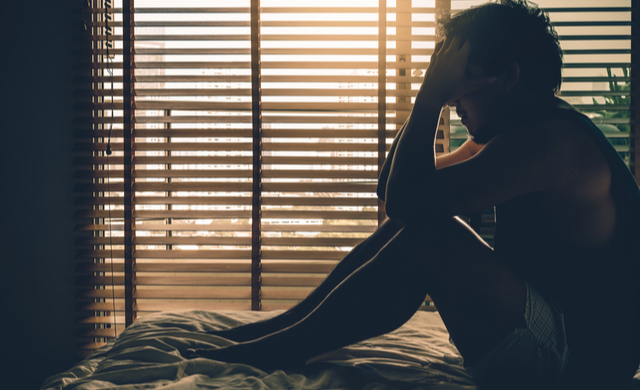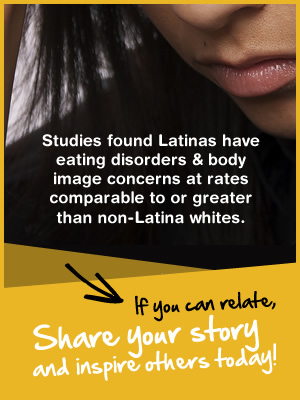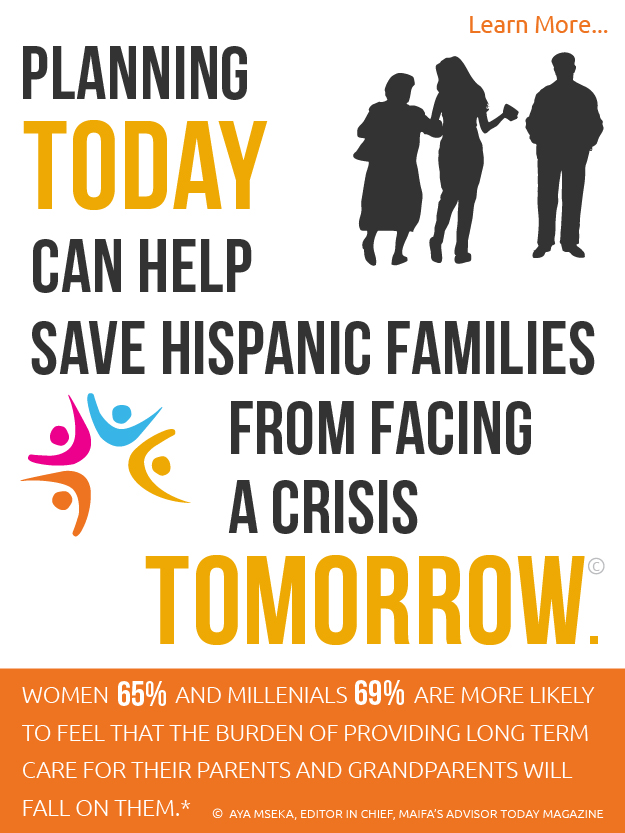The Centers for Disease Control and Prevention recently released survey dataon adult mental health, looking at a national sample of adults during the last week in June. Unsurprisingly, the stress level is high, with 40.9 percent overall reporting at least one “adverse mental or behavioral health condition.”
One question asked whether the person responding had seriously considered suicide in the past 30 days, and more than one in 10 respondents said yes, with higher percentages among unpaid adult caregivers, essential workers, and Hispanic and Black responders. And 25.5 percent of the young adults surveyed — the 18- to 24-year-olds — answered yes.
The young adults also reported the highest levels of symptoms of anxiety and depression — 62.9 percent reported either or both. Their rates of having started or increased substance use to cope with pandemic-related stress or emotions was way up there as well at 24.7 percent (it was equal or higher only among the essential workers and the unpaid caregivers).
In all, 74.9 percent of those 18 to 24 years old reported at least one bad symptom. So the young adults are definitely not OK. And interestingly, the occurrence of these symptoms decreased with increasing age; among the respondents 65 and up, who have their own set of anxieties to deal with, only 15.1 percent reported at least one of these symptoms.
[Sign up for the Well Family newsletter]
Rashon Lane, a behavioral scientist at the C.D.C. who was an author of the study, said symptoms of anxiety disorder and depressive disorder had increased significantly relative to 2019, with a disproportionate impact on young adults.
It’s important to identify the populations at increased risk, Ms. Lane said, to provide them with services and support, and also to recognize that many people fall into more than one risk group — some young adults are also essential workers, members of the minority groups that are disproportionately bearing the brunt of the pandemic or people with pre-existing mental health conditions.
Coronavirus Schools Briefing: It’s back to school — or is it?
Dr. Sarah Vinson, an associate professor of psychiatry and pediatrics at Morehouse School of Medicine, said that it’s normal for older adolescents and young adults to be thinking seriously about what they are going to do with their lives. “Maybe they’re not all anxious, but they’re all thinking about this and feeling uncertain about next steps,” she said.
And now they find themselves going through this transition at a moment when the ground feels shaky. “The people they normally go to for advice haven’t gone through something like this before — parents, professors, mentors,” Dr. Vinson said.
“Our college students are emerging adults,” said Betty Lai, an assistant professor of counseling psychology in the Lynch School of Education and Human Development at Boston College. At this age, you are still learning, still figuring things out as you go, she said, including what career you are going to pursue, and “who are the people you are going to have as part of your life long-term? All of these important developmental tasks come up.”
The pandemic is changing their opportunities to figure out those issues, and also, of course, changing their opportunities to go to school, to see their friends, to live away from home.
Dr. Lai studies mental health in the aftermath of disasters, like Hurricane Katrina or the Boston Marathon bombing. She said that in a recent study of college students, 91 percent reported moderate to high stress levels, and 39 percent reported moderate to severe anxiety, while 53 percent reported moderate to severe depression.
The current pandemic, she said, is “a breeding ground for mental health disaster,” with unprecedented levels of risk factors. “This exposure period is prolonged, longer than anything we’ve seen before,” she said, and the social isolation makes everything worse.
Some college students are going to be on campus this fall, but much of their learning will be remote, and they face strict safety rules limiting social activity. Other students face another semester of staying home. Either way, parents should be alert for signs of stress and isolation. Stressors are heightened, Dr. Vinson said, and many people find themselves without their usual coping strategies.
This combination of uncertainty about their personal future and worry about the larger future can leave some people without much sense of hope or promise about what is coming next. “Hopelessness is one of the big drivers of suicide,” Dr. Vinson said. “It’s normally not about wanting to be dead; it’s about not wanting to live like this, whatever this is.”
In addition, Dr. Vinson said, suicide risk can be related to impulsiveness, and “we know people will often act more impulsively if they are using substances, which exacerbate mental health issues.”
Parents — or friends or family members — who are worried about young adults or adolescents should check in on them, ask how they’re doing, and should not worry that by asking about depression, mental health or suicide they are creating or exacerbating the problem.
“The most helpful thing you can do for somebody who might be struggling is ask them,” Dr. Lai said. “Parents often don’t have as good a sense as they think they might of how their child is doing.”
Parents can also help by encouraging young adults to find safe ways to stay connected. Even people who are physically apart, Ms. Lane said, can “stay socially connected, checking in with friends and family often to talk about these concerns.”
Parents don’t have to pretend to have answers. It’s fine to acknowledge your own worries and uncertainties, Dr. Vinson said; it’s important for young adults to understand that their parents haven’t got it all figured out — and that they’re willing to talk about it and try to work through their questions.
Dr. Maya Haasz, an assistant professor at the University of Colorado School of Medicine, said that for the past few years, every child over age 10 who comes to the emergency room at Children’s Hospital Colorado, where she is an attending physician, is screened for suicide risk, using a questionnaire.
“Somewhere between 5 and 10 percent of our patients presenting for nonmental health concerns screen positive,” she said — and this was true before the pandemic. Some of these children, who were perhaps coming in for injuries or abdominal pain, have needed to be hospitalized for mental health issues.
Screening children for suicide risk in the emergency room also gives the staff a chance to talk with parents about how to make the home safe, Dr. Haasz said. “It gives us an opening to talk to parents about restricting lethal means,” she said. Try to make your home as safe as possible for someone who may be struggling. If you know — or suspect — that there have been issues with substance use, don’t keep liquor or leftover prescription medications around.
“Guns are uniquely lethal,” Dr. Haasz said. “They’re used in 6 percent of attempts, but they account for 54 percent of deaths.” If suicide has been a concern, it’s especially important to get guns out of the home if possible, or at least to be sure they are safely locked up with the ammunition locked up separately.
If you are having thoughts of suicide, call the National Suicide Prevention Lifeline at 1-800-273-8255 (TALK). The Substance Abuse and Mental Health Services Administration maintains a 24/7 helpline at 1-800-662-4357 (HELP). Rashon Lane, a behavioral scientist at the C.D.C., recommended the C.D.C. web page on stress and coping.
Dr. Perri Klass is the author of the forthcoming book “A Good Time to Be Born: How Science and Public Health Gave Children a Future,” on how our world has been transformed by the radical decline of infant and child mortality.












Post your Comment
Please login or sign up to comment
Comments